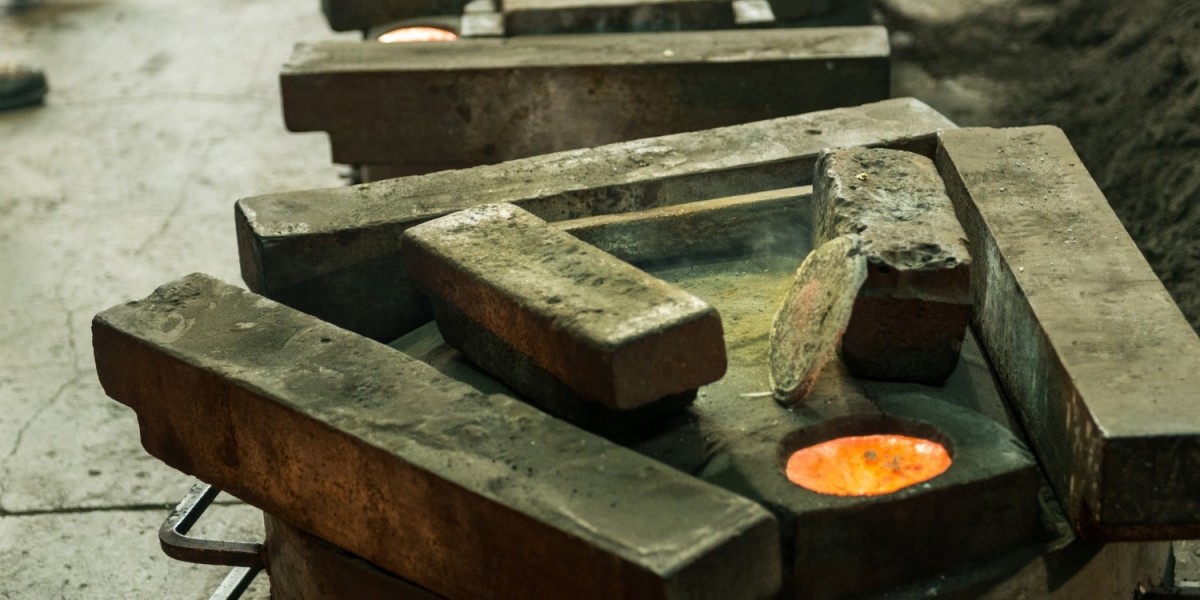Grey iron, also known as gray iron, is one of the most commonly used types of cast iron. It is characterized by its grey-colored fracture surface, which is due to the presence of graphite flakes within the iron matrix. This unique microstructure imparts specific mechanical properties to grey iron, making it suitable for various industrial applications.
Properties of Grey Iron
Grey iron is primarily composed of iron, carbon (2.5-4.0%), and silicon (1.0-3.0%). The carbon in grey iron exists in the form of graphite flakes, which are responsible for its distinctive grey appearance and several of its mechanical properties:
High Compressive Strength: Grey iron exhibits excellent compressive strength, making it ideal for applications where the material will be subjected to high compressive forces.
Good Thermal Conductivity: The graphite flakes within grey iron enhance its thermal conductivity, making it suitable for applications requiring efficient heat dissipation, such as engine blocks and cylinder heads.
Vibration Damping: The graphite structure in grey iron provides superior vibration damping properties, which is why it is often used in machinery bases and engine components to reduce noise and vibration.
Machinability: Grey iron is relatively easy to machine due to its graphite flakes, which act as a lubricant during the cutting process. This reduces tool wear and improves the surface finish of the machined part.
Applications of Grey Iron
Due to its unique combination of properties, grey iron is used in a wide range of applications across various industries:
Automotive Industry: Grey iron is extensively used in the automotive sector for manufacturing engine blocks, cylinder heads, brake discs, and flywheels due to its good thermal conductivity, high strength, and excellent damping properties.
Construction and Machinery: The high compressive strength and vibration damping capabilities of grey iron make it suitable for heavy machinery parts, frames, bases, and housings.
Piping and Plumbing: Grey iron’s corrosion resistance and machinability make it ideal for pipes, fittings, and valves used in water distribution systems.
Tools and Equipment: Its ease of machining and durability make grey iron a preferred material for various tools, agricultural equipment, and industrial machinery components.
Casting Techniques for Grey Iron
The casting process for grey iron involves several steps to ensure the final product meets the required specifications and performance standards:
Pattern Making: The first step in the casting process is creating a pattern, which is a replica of the final product. Patterns can be made from wood, plastic, or metal and are used to create the mold cavity.
Mold Preparation: The mold is prepared by packing sand around the pattern in a flask. The sand is mixed with a binder to retain its shape once the pattern is removed. This creates a cavity in the shape of the desired casting.
Melting and Pouring: Grey iron is melted in a furnace at temperatures ranging from 1150°C to 1200°C. Once molten, the iron is poured into the mold cavity.
Cooling and Solidification: The molten iron is allowed to cool and solidify within the mold. The cooling rate can affect the microstructure and properties of the final casting.
Shakeout and Cleaning: After solidification, the casting is removed from the mold in a process known as shakeout. The casting is then cleaned to remove any residual sand and impurities.
Inspection and Finishing: The final step involves inspecting the casting for defects and performing any necessary finishing operations, such as machining or coating, to meet the desired specifications.
Conclusion
Grey iron is a versatile material with a unique set of properties that make it invaluable across multiple industries. Its excellent compressive strength, thermal conductivity, vibration damping, and machinability ensure its continued relevance in modern manufacturing. Understanding the properties, applications, and casting techniques of grey iron is crucial for engineers and manufacturers looking to leverage its benefits in their products.



